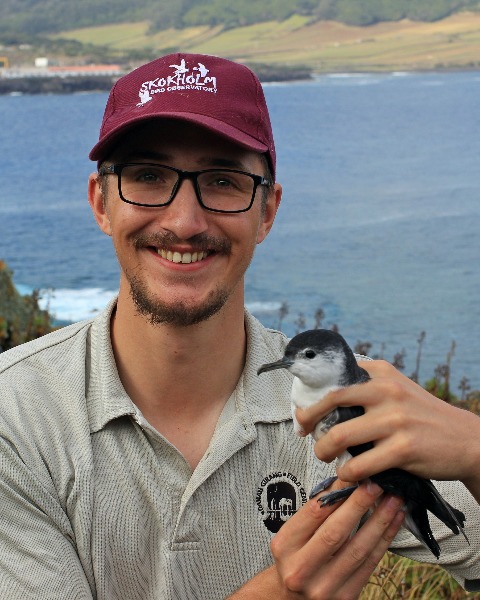Plant-Insect Ecosystems
Program Symposium
The Larry Larson Symposium: Scientific Advances on Insect Species Adaptation to the Impact of Climate Change and Habitat Transformation On-Demand Presentations
Adapted to the extreme: Climate change and Antarctica's only endemic insect
On-Demand

Nicholas M. Teets
Associate Professor
University of Kentucky
Lexington, Kentucky
Jack J. Devlin
Research Assistant
University of Kentucky
Lexington, Kentucky
Presenting Author(s)
Co-Author(s)
While insects are the most diverse animals on the planet, Antarctica is the exception to that rule. Only three insect species (all chironomids) call Antarctica home, and a single species, the midge Belgica antarctica, is the only endemic insect and the world’s southernmost insect. This species spends 2+ years feeding on detritus and developing during the short austral summer, and wingless adults emerge synchronously for a brief period to reproduce. A true extremophile, larvae are highly tolerant of a number of environmental stressors, including freezing, dehydration, osmotic stress, and low oxygen availability. The Antarctic Peninsula is experiencing some of the fastest rates of warming on the planet, and in 2020, the region experienced the highest temperature ever recorded. These temperature increases, coupled with changes in precipitation, could have significant impacts on the life cycle and distribution of Antarctic insects. Here, we will detail how B. antarctica copes with environmental variation and its potential responses to climate warming. Direct observations of climate change responses in Antarctic insects have not been undertaken, so we will synthesize previous work to make predictions about climate change consequences in terrestrial Antarctica. Predicted consequences include, but are not limited to, 1) localized extinction in parts of the range, 2) ecological consequences related to changes in phenology and the length of the growing season, and 3) increased risk of invasive species as Antarctica becomes more hospitable to other insects.

